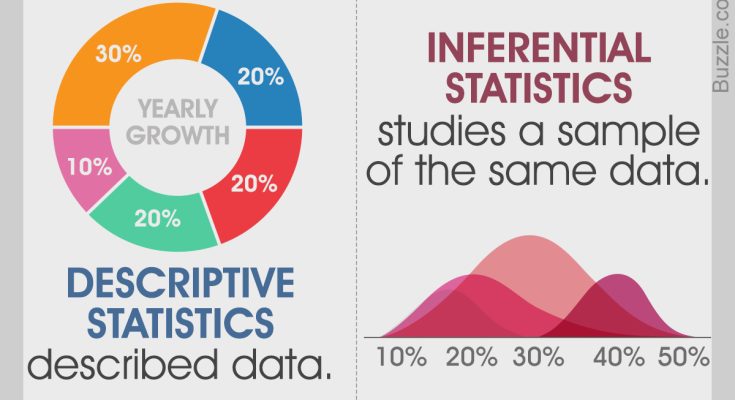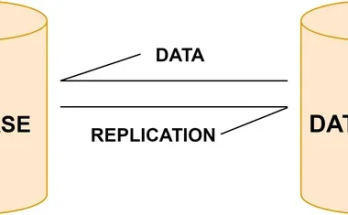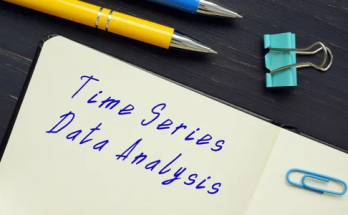Statistics involve collecting and organizing raw data in an easily understandable format. This field of mathematics helps to analyze data and apply the results to process various data related problems. There are two large categories of statistical methods: descriptive statistics and inferential. This article will explain the difference between descriptive and inferential statistics.
Descriptive statistics vs inferential
| Descriptive statistics | Inferent statistics |
|---|---|
| The area of statistics known as descriptive statistics is focused on providing a description of the population being studied. | A kind of statistics known as inferent statistics focus on inferring information on the entire population from observation and analysis of the sample. |
| It provides details on raw data, which somehow characterizes the data. | Using information obtained from the population, draws conclusions about the population. |
| Help in the collection, organization, analysis and significant data presentation. | It allows the comparison of data, hypothesis tests and forecast creation. |
| It is restricted to a sample or population with a modest size and explains known facts. | Make an effort to draw a conclusion about the population. |
| It can be done using graphics, tables, graphs and other visual aids. | The probability can help you get it. |
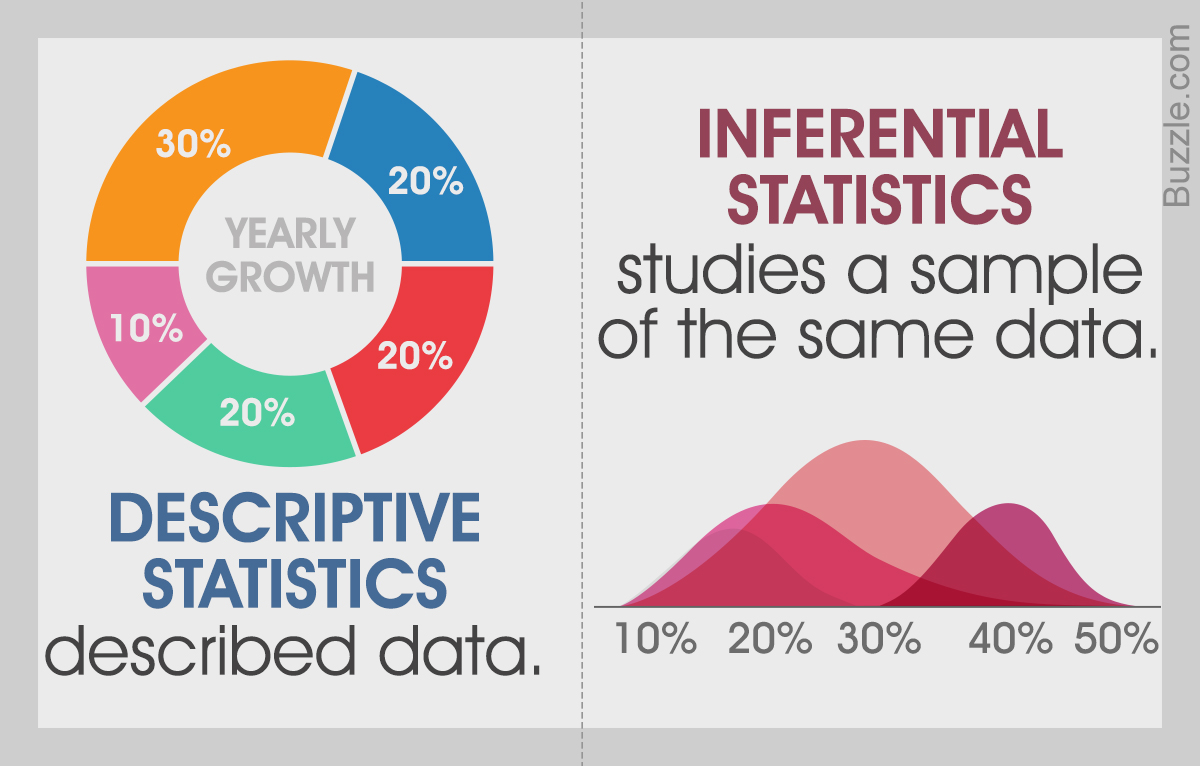
What are descriptive statistics?
Descriptive statistics refer to the techniques used to list and characterize the key features of a data set, such as variability, central tendency and distribution. These techniques offer a summary of the data and help to discover trends and links.
Some key things about descriptive statistics are as follows:
- Descriptive statistics summarize or describe the characteristics of a data collection.
- It involves three primary types of measures: central tendency measures, variability measures (or spread) and frequency distribution measures.
- Central trend measures (as average, medium and mode) describe the center of the data set.
- Frequency distribution measures describe the appearance or frequency of data within data collection.
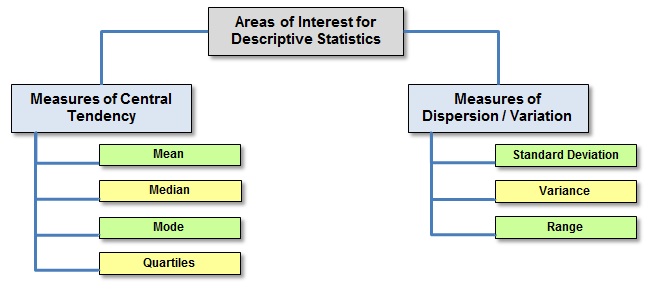
What are the inferent statistics?
A statistical technique called Inferential Statistics Uses analytical methods to make inferences about a population analyzing samples taken at random. For example, generalizations on a population.
Some key things about inferent statistics are as follows:
- Analyze population data samples and use lower statistics helps develop a solid data understanding.
- Use various analytical techniques facilitates the creation of generalizations at population level.
- Researchers use different sampling procedures to select random samples that accurately represent the population.
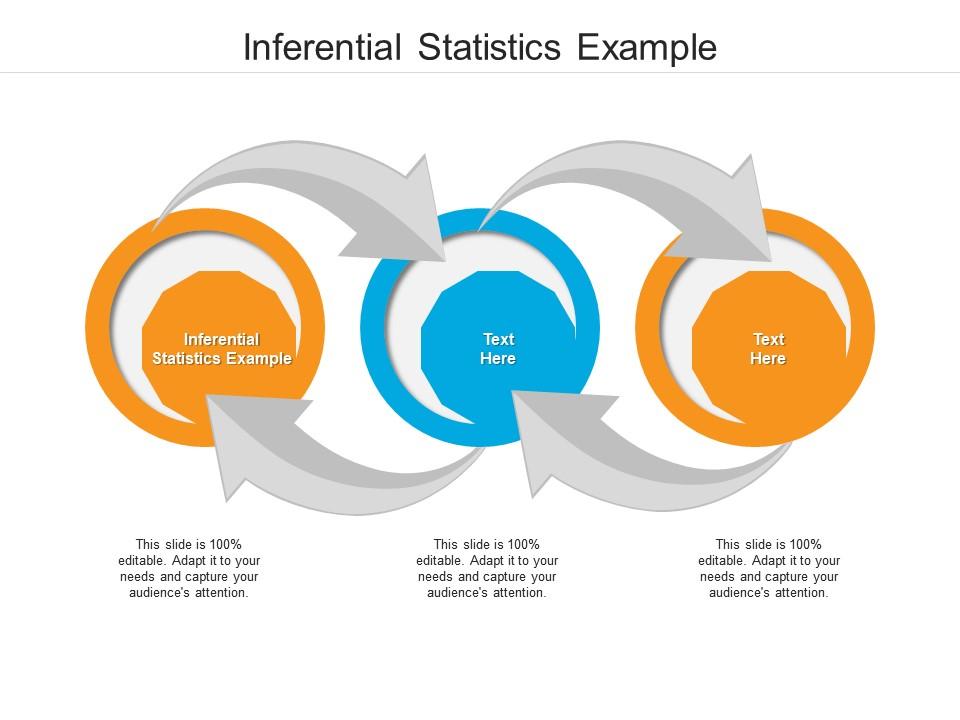
Also read: Data Science vs Data Analytics: What will give you the advantage in 2023?
Types of descriptive statistics
Using descriptive statistics, you can describe your data in terms of your features. Descriptive statistics often fall into one of the three categories:
Frequency distribution
The distribution of frequencies represents the appearance of an event or element and is used to analyze qualitative and quantitative data. Documents and presents the information in a tabular format.
For example, consider a school that organizes an annual picnic for a group of students. Some students visited the picnic area several times, while others return after a previous visit. Students are classified based on the number of visits they made. In this case, the distribution of frequencies between the students is determined by the number of visits.
Central trend
There are three ways to calculate the central trend:
The results capture the essence of data collection, a sum of all accounts or occurrences. The average refers to the average value that occurs most often, the median designates the average or central score of the data sample and the mode means the most frequent number.
Variability
Variability is the degree of dispersion between data points and is a fundamental statistical concept that provides information on the spread, distribution or inconsistency of the data.
For example, there was only one visit to the picnic area and it’s all four trips to picnic areas. The variability that forms a range determines the distance of each value of the central trend, and the degree of dispersion is the rank itself.
Types of inferent statistics
Regression analysis
Regression analysis provides as a variable will change with another. These models that can be used include ordinal, logistics, nominal, basic linear and multiple linear models. The most common regression type used in inferent statistics is linear regression. The linear regression investigates the response of the dependent variable to a change of unit in the independent variable.
Hypothesis tests
The hypothesis test is statistical reasoning using information from a sample to conclude a population probability distribution. Models for hypothesis tests include the following resources:
| Trial | Sample size | Distribution | Purpose |
|---|---|---|---|
| Z-test | ≥ 30 | Normal | To investigate the average of the population |
| T-test | <30 | Distribution T. | To investigate the average of the population |
| F-test | Whatever | Whatever | Compare variants of two samples/populations |
Also read: What is the difference between data and information?
DESCRIPTIVE STATISTICS VS INFENCIALS – EXAMPLES
Remember, although the general guidelines for the use of each test are mentioned, there may be specific conditions and assumptions to be met for each test to be valid.
Examples of descriptive statistics
- Class A students marked {70, 85, 90, 65} and class B students received scores from {60, 40, 89, 96}. The average is used to calculate the average marks for each class: class A has an average of 77.5, while class B has an average of 71.25. This indicates that class A has an average higher than class B.
- The range is used to evaluate the difference between the most extreme scores. In the given example, rank A is 25 and rank B is 56, showing that Range B is greater than Range A.
Examples of inferent statistics
- Using a sample of 100 students, the lower statistics can estimate the average grade of the entire student population of the entire nation.
- A coach wants to determine how many cartwheels sophomers in their institution can perform. A sample of a few individuals will run Cartwheels and inferent statistics will be used to conclude the average number of Sophomers of Cartwheels.
Descriptive statistics vs inferential: Advantages and limitations
Descriptive statistics
| Advantages | Disadvantage |
|---|---|
| We can visually display the data with descriptive statistics. The presentation of visual data makes the information very concise and easy to understand. | Based on the data values provided, we cannot use descriptive statistics to make any prediction. |
| We can highlight the key data features using the various statistical metrics. | The data collection process uses time and money. For example, conducting a survey requires a lot of work to gather data. |
Inferent statistics
| Advantages | Disadvantage |
|---|---|
| As a result, we can conserve time and resources concluding the entire population from a small sample size. | Based on a sample, we draw estimates and conclusions, although they required greater accuracy. As we are not examining the whole population, there will always be a degree of uncertainty. |
| From historical values, we can anticipate the future values that a dependent variable will take using inferental statistical techniques such as linear regression. | We assume a normal distribution in the PAI population to serve as the basis for most tests of hypothesis on the equality of media and variants. |
Example of real life: descriptive and inferent statistics
| Descriptive statistics | Inferent statistics |
|---|---|
| The political survey is considered a descriptive statistic as it presents real data, which are the answers of the respondents, without making inferences. Surveys include questions such as: “Who did you vote as president in the most recent elections?” to gather information. | Many people think that girls’ development is stunned by the early participation of gymnastics and it is impossible to gather information about all female gymnasts to respond. Still, you can try the null hypothesis that “female and non -gymnos -osophist gymnasts do not differ in height as adults” using a gymnast sample using the central boundary theorem and inferent statistics. |
Checkout: Data Scientist vs Date Analyst: What is a best race option to continue in 2023?
Final Verdical – Descriptive and Infantial Statistics
Descriptive and lower statistics are used more often in combination, although we only present them binary. These powerful statistical methods work well together and form the basis of data analysis. If you are starting your professional journey to the data analyst then ours Free courses It will help you a lot to underline. Check out all of our courses Now!
Frequent questions
A. The properties of data collection are listed through descriptive statistics. You may test a hypothesis using infferent statistics or determine if your data can be applied to a larger population. That is the key Difference between descriptive and infferent statistics.
A. Let’s say you have access to the notes of 100 students from a particular nation. It is necessary to evaluate the performance of these children. By itself, this information will only provide some valuable results. But descriptive statistics can be used to determine the distribution of brands, providing a clear image of each student’s performance.
Imagine you need to check the student’s test results from a particular nation. Lower statistics are used to conclude the population using a sample of 100 students.
A. Estimating the populations (for example, the average score of all students in 11th) is an example of inferent statistics.
In addition, trying hypotheses for making inferences at the population level (such as the association between scores and family revenue).
A. A student’s average degree is a perfect illustration of descriptive statistics. A GPA compiles the data generated by a wide range of notes, classes and exams, averages them and then offers a wide idea of student academic achievement.
